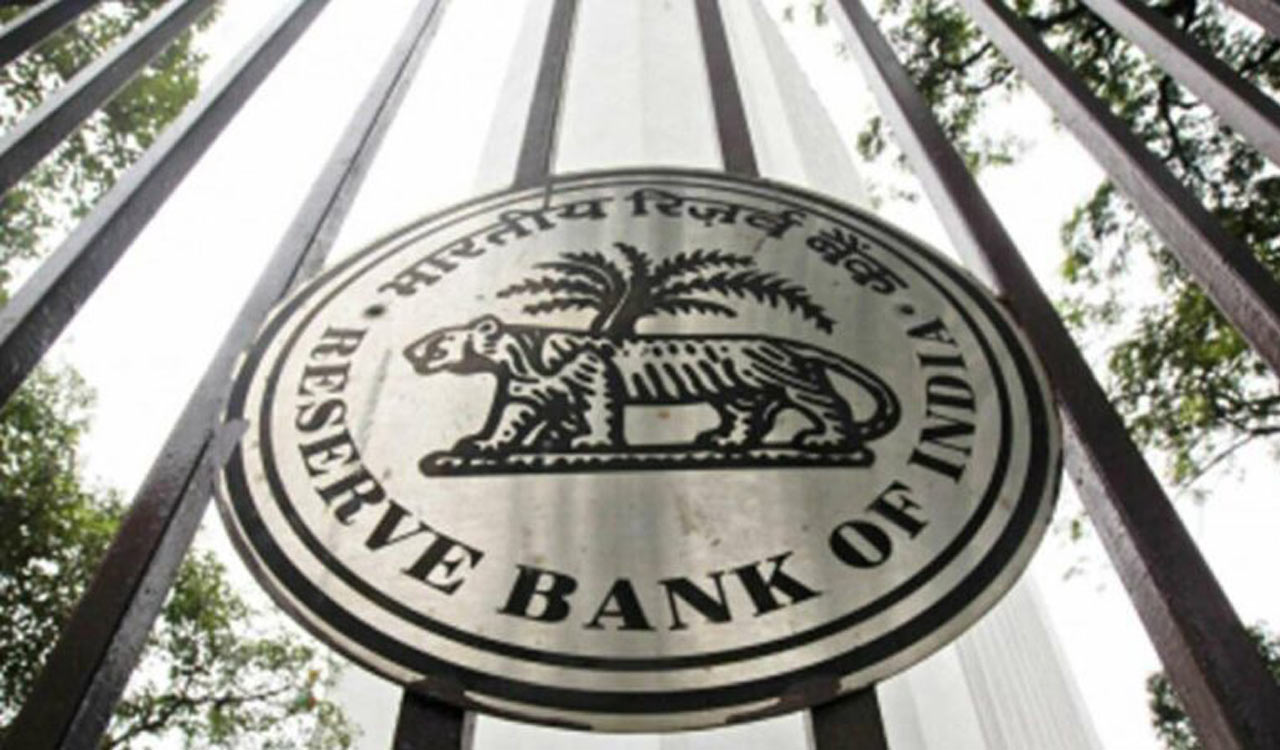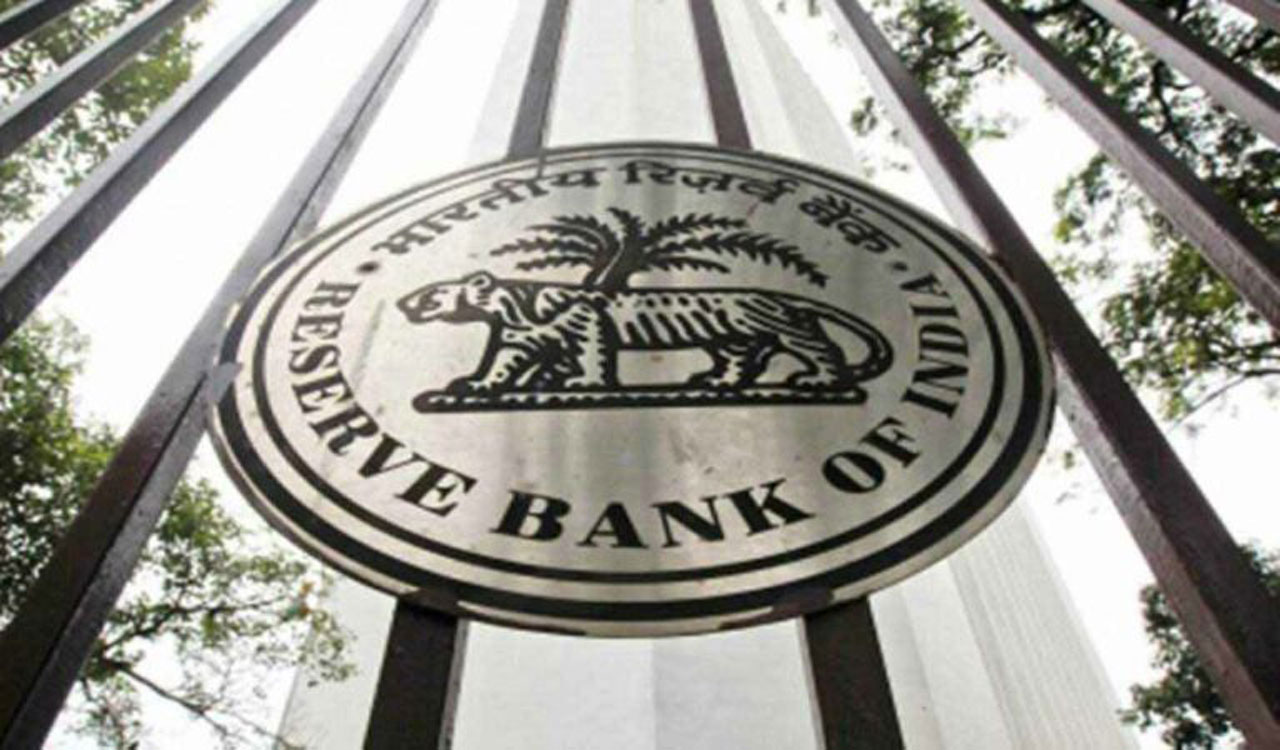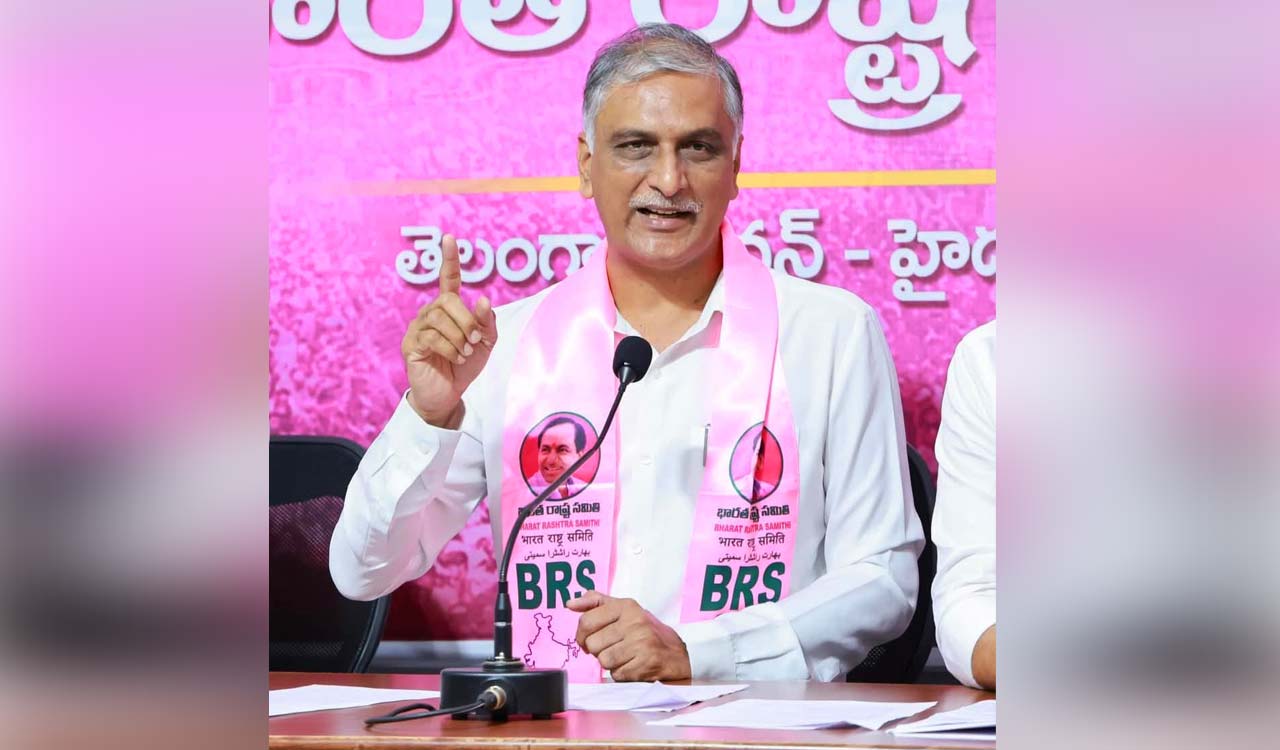Editorial: Sticking to cautious approach
The RBI’s stance suggests a continued focus on price stability, given the current economic climate

By keeping the benchmark repo rate unchanged at 6.5% for the tenth consecutive term, the Reserve Bank of India has leaned towards a cautious approach to balance inflation and growth. However, the decision of the newly constituted Monetary Policy Committee (MPC) to change the stance from “withdrawal of accommodation” to “neutral” signals its willingness to keep the door open for a rate cut in future, possibly at the next MPC meeting in December. For now, the policy priority is equal on both fronts — inflation and growth. These decisions are in tune with the objective of achieving the medium-term target for consumer price index (CPI) inflation of 4% while supporting growth. Despite macroeconomic indicators being robust and stable, the battle against inflation is not over yet. The RBI has left its inflation forecast for this fiscal year unchanged at 4.5%. There are additional concerns in the wake of intensifying geopolitical tensions that may disrupt energy supplies and take crude prices further higher. Since February 2023, the central bank has kept the repo rate — the rate at which the RBI lends to banks — unchanged at 6.5%. Though the RBI is open to interest rate cuts, it remains cautious now due to persistent food inflation and geopolitical risks. Calibrated quantitative easing is the way forward to reduce financial market volatility. The policy rate is 2 percentage points above the projected average inflation while the economic growth target has been retained at 7.2% for 2024-25.
There were expectations in the market that the RBI would follow the strategy of the United States Federal Reserve which recently kicked off its monetary policy easing cycle by announcing an interest rate cut. However, the central bank’s decisions are largely driven by domestic conditions. It is important to keep inflation under control which in turn facilitates long-term growth. The RBI is expected to keenly observe how the inflation scenario pans out in the coming months. Any easing of monetary policy would occur only when average retail price inflation is within the RBI’s target of 4%. In addition, global volatility, and geo-politics add to the challenges that keep the central bank on watch. It cannot afford the slightest error of judgement. The RBI’s stance suggests a continued focus on price stability over immediate rate cuts, given the current economic climate. Though inflation is moderating, there are still some significant risks, warranting greater vigilance. The timing of the stance change is significant as it gives flexibility to make appropriate decisions in the near future. While a rate cut would have been favourable for the real estate sector, in terms of boosting home buyer sentiment in the upcoming festive season and reducing borrowing costs, the status quo is not expected to impact the market’s current momentum negatively. The change of stance to neutral is an early indicator of the change in the interest rate policy going forward.
Related News
-
Save future of Telangana NEET PG aspirants, IMA writes to CM Revanth Reddy
40 mins ago -
Telangana techie loses Rs 4.15 lakh to online gold trading fraud
1 hour ago -
Hyderabad: Couple working as house help at doctor’s residence held for theft
1 hour ago -
Hyderabad auto driver foils attempt to kidnap young woman, five held
2 hours ago -
Haiti gang attack on journalists covering hospital reopening leaves 2 dead, several wounded
3 hours ago -
21 dead as Mozambique erupts in violence after election court ruling
4 hours ago -
Cartoon Today on December 25, 2024
11 hours ago -
Sandhya Theatre stampede case: Allu Arjun questioned for 3 hours by Chikkadpallly police
12 hours ago




